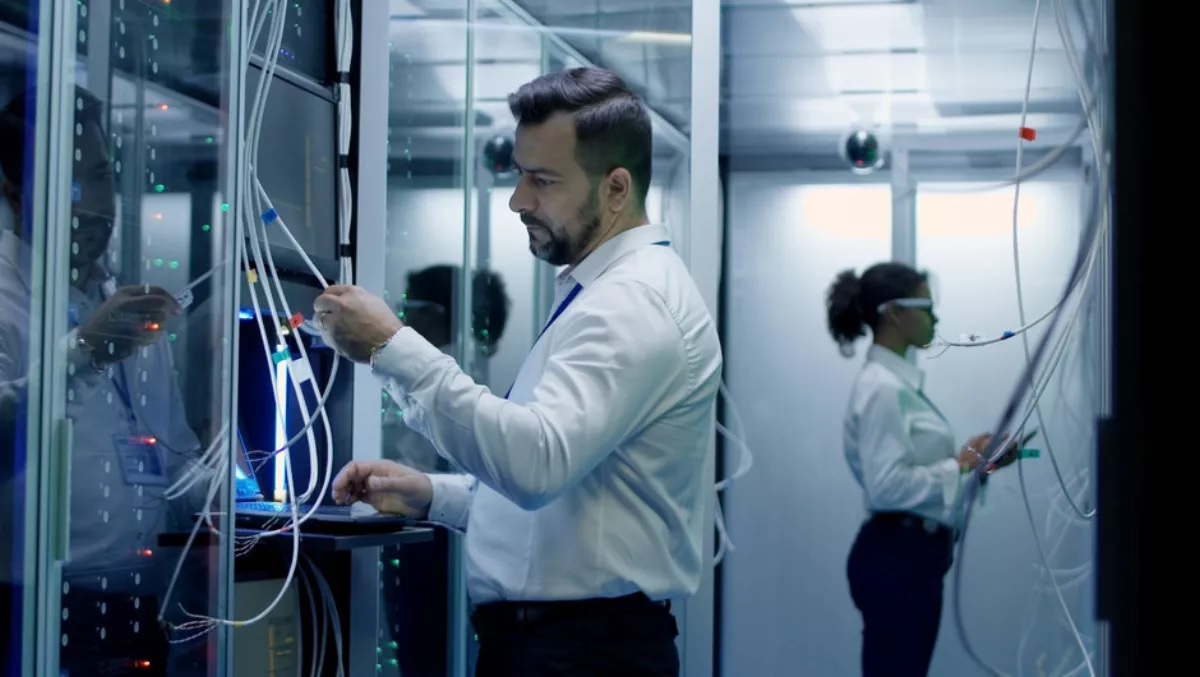How to create a server room for your business

Digital documentation is the way forward for business and as a company’s data grows, some digital storage limits are likely going to crop up. While cloud services are soaring in popularity, many businesses prefer to have an on-premise server room to mitigate some security concerns and give teams complete control over data placement.
Sever rooms are integral to the efficiency and function of any company, but you might not know where to start with the planning. Here are some steps you should take when creating a server room that can support the needs of your business.
Choose the room
The size of your server room will be determined by the size of your operation and any necessary specialist IT equipment your business needs. The physical space must be able to safely store servers, wires, and cables while having enough room to move around and keep data away from external walls.
It’s also important to leave room for growth. As your company expands, you’ll need more wires and resources. To avoid having to move your server hub elsewhere further down the line, it would be useful to consider your business’s needs and projections for the future.
Cooling
Temperatures can rise quickly in your server rack, and this has been attributed to reduced equipment lifespans and data crashes. Overheating should be avoided at all costs so be sure to include a separate air conditioning system for your server room. Proper cable management will also help to keep your servers properly ventilated.
Alongside keeping your server rooms cool, you want to keep moisture out as it can interfere with and damage your equipment. Create a moisture-proof barrier with expanding foam by using it within any seals or crevices.
Storage
Your server room is integral to your business so keeping it organised is a priority. Once you’ve determined the size of the physical space you’ll need and an appropriate cooling system, the next step is to assemble racks and storage units. Shelves and cabinets can maximise your space and be used to store all your IT-focused inventory securely.
Racks are available in standard sizes but the one that will suit your business will depend on the equipment size and available room.
Fitting electronics
Once you have installed the security measures for your server room, you should get started on fitting the electronics and cabling. Cables and devices should be organised and labelled correctly to ensure the safety and security of your equipment. It would be ideal if businesses could run cables under the floor to make cable management easier.
Professional electricians can help you identify how much power your server room will need and how much equipment you’ll need to accommodate your operations.


